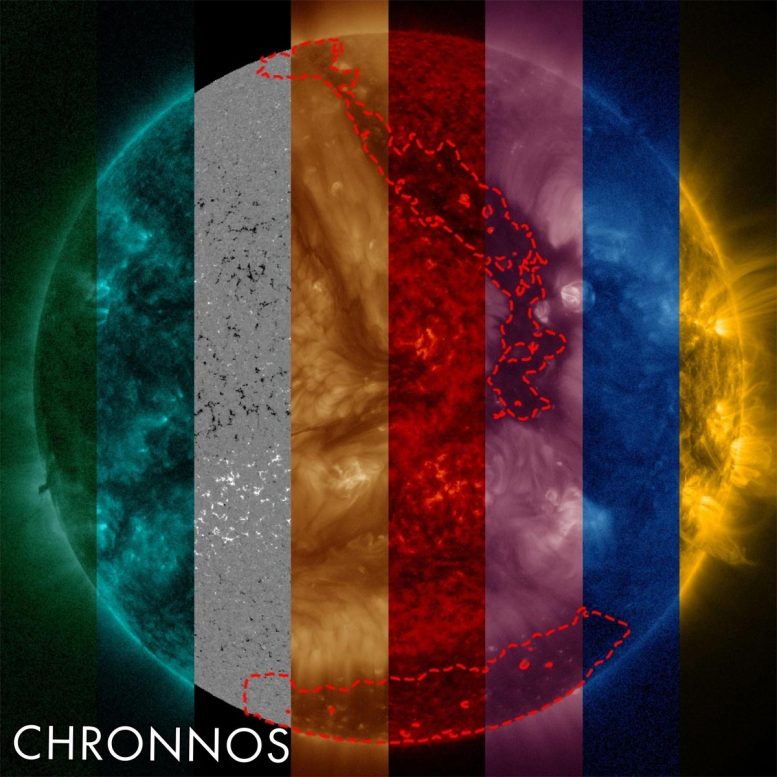
Observation of the solar dynamic observatory (SDO). The image shows a composite of the seven different extreme-ultraviolet filters (colored slices) and the magnetic field information (gray scale slice). The detected coronal holes are indicated by red contour lines. The dark structure at the center is a solar filament that shows a similar appearance but is not associated to coronal holes. Credit: Jarolim et. al., 2021
Scientists from the University of Graz (Austria), Skoltech, and their colleagues from the US and Germany have developed a new neural network that can reliably detect coronal holes from space-based observations. This application paves the way for more reliable space weather predictions and provides valuable information for the study of the solar activity cycle. The paper was published in the journal Astronomy & Astrophysics.
Much like our life on Earth depends on the light of the Sun, our electronic “life” depends on the activity of our closest star and its interactions with Earth’s magnetic field. For the human eye, the Sun appears almost constant, but the Sun is very active, frequently showing eruptions and causing geomagnetic storms on Earth. For this reason, the outer solar atmosphere, the solar corona, is constantly being monitored by satellite-based telescopes.
In these observations, one of the prominent features is extended dark regions called coronal holes. They appear dark because plasma particles can escape along the magnetic field from the solar surface into interplanetary space, leaving a ‘hole’ in the corona. The escaping particles form high-speed solar wind streams that can eventually hit Earth, causing geomagnetic storms. The appearance and location of these holes on the Sun vary in dependence of the solar activity, giving us also important information on the long-term evolution of the Sun.
“The detection of coronal holes is a difficult task for conventional algorithms and is also challenging for human observers, because there are also other dark regions in the solar atmosphere, like filaments, that can be easily confused with a coronal hole,” says Robert Jarolim, a research scientist at the University of Graz and the lead author of the study.
In their paper, the authors describe a convolutional neural network called CHRONNOS (Coronal Hole RecOgnition Neural Network Over multi-Spectral-data) that they developed to detect coronal holes. “Artificial intelligence allows us to identify coronal holes based on their intensity, shape, and magnetic field properties, which are the same criteria as a human observer takes into account,” Jarolim says.
“The solar atmosphere appears very different when observed at different wavelengths. We used images recorded at different extreme ultraviolet (EUV) wavelengths along with magnetic field maps as input to our neural network, which enables the network to find relations in the multi-channel representation,” Astrid Veronig, professor at the University of Graz and co-author of the publication, adds.
Animated version of the detected coronal holes over almost 11 years. The identified coronal holes are indicated by red contour lines. The Sun changes over the solar cycle and reaches its maximum activity in 2014. Credit: from Jarolim et. al., 2021.
The authors trained their model with about 1700 images in the 2010-2017 time range and showed that the method is consistent for all solar activity levels. The neural network was evaluated by comparing the results to 261 manually identified coronal holes, matching human labels in 98% of the cases. In addition, the authors examined the detection of coronal holes based on magnetic field maps, that appear vastly different than EUV observations. For a human, the coronal holes cannot be identified from these images alone, but the AI learned to perceive the images differently and was able to identify coronal holes.
“This is a promising result for future ground-based coronal hole detection, where we cannot directly observe coronal holes as dark regions as in space-based extreme ultraviolet and soft X-ray observations, but where the solar magnetic field is measured on a regular basis,” says Tatiana Podladchikova, assistant professor at the Skoltech Space Center and a co-author of the paper.
“And whatever storms may rage, we wish everyone a good weather in space,” concluded Podladchikova.
Reference: “Multi-channel coronal hole detection with convolutional neural networks” by R. Jarolim, A. M. Veronig, S. Hofmeister, S. G. Heinemann, M. Temmer, T. Podladchikova and K. Dissauer, Accepted 28 April 2021, Astronomy & Astrophysics.
DOI: 10.1051/0004-6361/202140640
The new method was developed with the support of Skoltech’s high-performance cluster for the anticipated Solar Physics Research Integrated Network Group (SPRING) that will provide an autonomous monitoring of the Sun using cutting-edge technology of observational solar physics. SPRING is a part in the SOLARNET project launched in preparation to the European Solar Telescope (EST) initiative supported by the EU research and innovation funding program Horizon 2020. UniGraz and Skoltech represent Austria and Russia in the SOLARNET consortium of 35 international partners. Other institutions involved in this research include Columbia University (USA), Max Planck Institute for Solar System Research (Germany) and NorthWest Research Associates (USA).

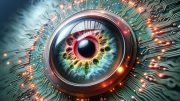
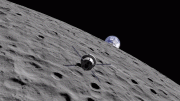


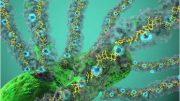


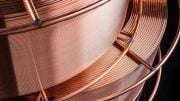
Be the first to comment on "Holes in the Solar Atmosphere: Artificial Intelligence Spots Coronal Holes to Automate Space Weather Predictions"